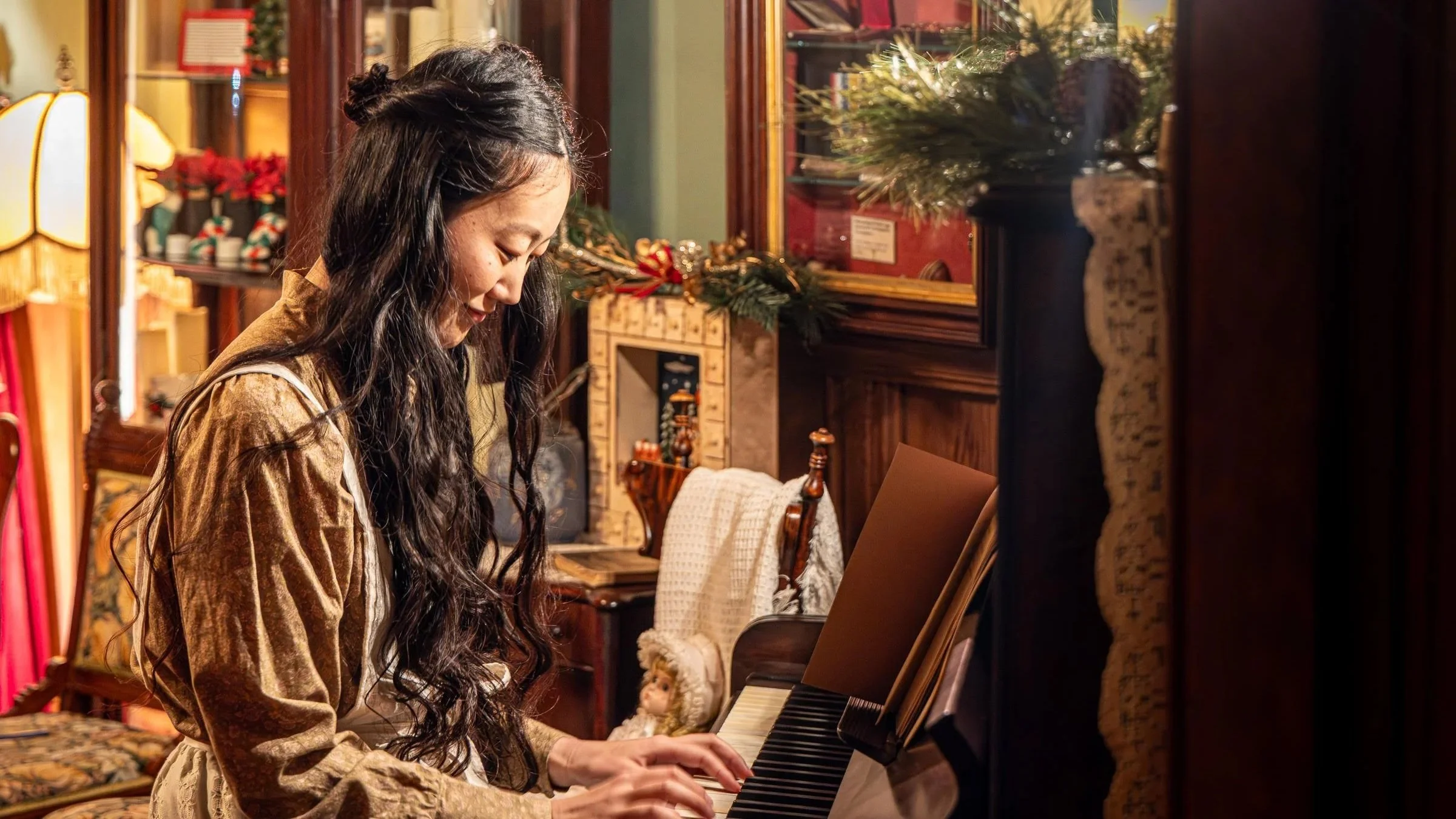The Cull strips away all the stuff in world premiere at the Arts Club
Director Mindy Parfitt takes a bold approach to the play by Michele Riml and Michael St. John Smith
The Cull. Photo by David Cooper
Arts Club Theatre Company presents The Cull from January 26 to February 26 at the Granville Island Stage (opening night is February 1)
THE CULL, BY playwrights and real-life couple Michele Riml and Michael St. John Smith, is one of those productions that got sidelined by the pandemic: awarded a 2020 Arts Club Silver Commission during Bill Millerd’s last season as the theatre company’s artistic director, the work was originally programmed for the 2020-21 season. With COVID shutdowns, the team pivoted, and it ran as an audio play November 2021. Now, the show for six performers is about to have its in-person world premiere. Director Mindy Parfitt says that the unexpected delay from script to stage has allowed the piece to breathe, be workshopped, and evolve. And as soon as the original cast members reunited to begin working on the live version, Parfitt greeted them with words along these lines: “I’ve made this really hard for you.”
Here’s the back story. The play follows three couples, all good friends, who have gathered at one pair’s house in the Okanagan for dinner. Emily (Dawn Petten) and Lewis (Stephen Lobo) are celebrating their 25th wedding anniversary with John (John Cassini), Lynne (Jasmine Chen), Paul (Craig Erickson), and Nicole (Meghan Gardiner). It’s the kind of summer that is becoming more common in B.C., with a forest fire raging in the region. The long-time pals know each other well—well enough to razz each other and to be privy to each other’s histories. Without giving too much away, suffice to say that something turns the good-natured conversation into the type of intense debate that gets personal. People’s morality and motivations are mined, to the point where the stability of this “pack” is threatened. When Parfitt talks about making the actors’ jobs that much more difficult, she’s referring to the way the production’s visual world propels the story. And it’s not what you might think.
In a phone interview with Stir, Parfitt explains that Riml (RAGE, Sexy Laundry, and Henry and Alice: Into the Wild, among other works) and St. John Smith (whose works include Slaying Dragons and The Bridge with Riml) have written a vividly detailed script and an intricate physical world. In her direction, Parfitt strips away so much visual detail; the set is nearly empty.
“That time [during the pandemic] afforded me the opportunity to think about the design and the world in which it serves the piece the best,” Parfitt says. “It allowed us to make a pretty bold choice in how we’re choosing to tell the story visually. Usually, we visually tell the story close to how the playwrights have described it; it’s important for the playwright to see the piece as they’ve envisioned it. We’re not doing that this time. It’s very different.
“The play is about our values and our morals and about consumption and about what we’re willing or not willing to sacrifice,” Parfitt says. “What was really interesting to me in a play that is so much about material goods and about purchasing things and about stuff was to remove all that stuff from the play and to really only have the real, bare essentials to tell the story—because the playwrights have done such an incredible job of integrating the stuff into the text. It’s so nuanced, and there’s a lot of layering of the text. I really wanted the audience to focus on that as opposed to focusing on the steak or the red wine or the glasses or the chairs. I want them to focus on the words and the incredible actors. That’s what I want them to be paying attention to. So we said. ‘Let’s get rid of it.’ And Michele and Michael jumped on board.”
Mindy Parfitt.
While having little in the way of props or sets can, for cast members in some ways, be like “taking away their security blanket”, Parfitt says she knew these particular performers were up to the task. “Just that act of the actors having to be vulnerable on stage was going to be exactly what we needed to tell the story,” Parfitt says. “It’s exactly the tone, that sense of exposure, that was needed for the story to be told in the way it needs to be told.
“It’s exciting when you take a risk for something different,” she adds. “The audience just becomes so engaged with the characters as people and with their relationships and their responses to one another, their interactions—the subtitles of it all.”
The Cull’s characters, each flawed in their own ways, live in a complicated society that audiences will be able to relate to, where the abundance of material goods is obscene and in which people ponder, act on, or simply ignore what consumerism means for the future of the planet. The play explores what it means to be a “good person” and the different decisions people make.
“There’s no hero and there’s no villain,” Parfitt says. “Instead of providing answers, it’s a starting point for conversation. It’s very real life. It’s old friends being together, having difficult conversations and dealing with difficult situations in their personal lives and also on a global scale.














